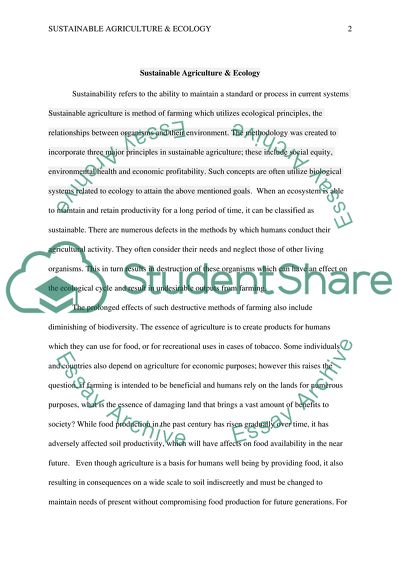Cite this document
(Sustainable Agriculture and Ecology Essay Example | Topics and Well Written Essays - 1250 words - 1, n.d.)
Sustainable Agriculture and Ecology Essay Example | Topics and Well Written Essays - 1250 words - 1. https://studentshare.org/agriculture/1799843-sustainable-agriculture-and-ecology
Sustainable Agriculture and Ecology Essay Example | Topics and Well Written Essays - 1250 words - 1. https://studentshare.org/agriculture/1799843-sustainable-agriculture-and-ecology
(Sustainable Agriculture and Ecology Essay Example | Topics and Well Written Essays - 1250 Words - 1)
Sustainable Agriculture and Ecology Essay Example | Topics and Well Written Essays - 1250 Words - 1. https://studentshare.org/agriculture/1799843-sustainable-agriculture-and-ecology.
Sustainable Agriculture and Ecology Essay Example | Topics and Well Written Essays - 1250 Words - 1. https://studentshare.org/agriculture/1799843-sustainable-agriculture-and-ecology.
“Sustainable Agriculture and Ecology Essay Example | Topics and Well Written Essays - 1250 Words - 1”. https://studentshare.org/agriculture/1799843-sustainable-agriculture-and-ecology.


